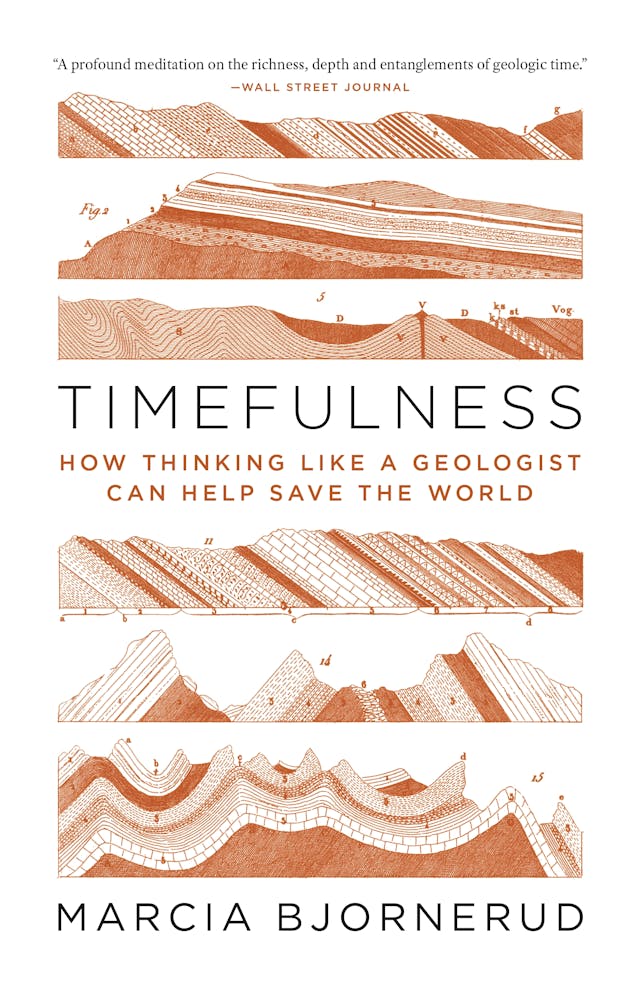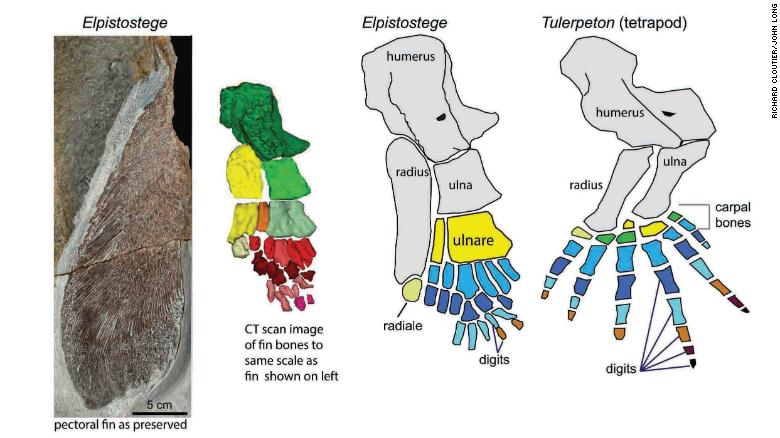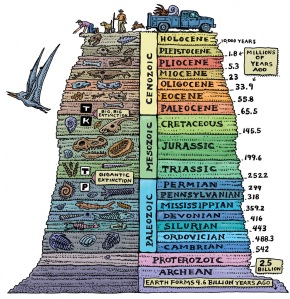Category Archives: Fossil record
Sensory Worlds Beyond Our Imagining
An Immense World; How Animal Senses Reveal the Hidden Realms Around Us, Ed Yong, Random House/Bodley Head, June 2022
This book is an enormous achievement. A thrilling read, taking us into the Umwelt, or perceptual world, of numerous mammal, fish, reptile and insect species. A major work of scholarship, with over a thousand references to a 45-page bibliography, as well as accounts of interviews with numerous researchers and visits to their laboratories. An exploration of many ways of sensing the world, some of which we share, while others are beyond our imagining. The evolving interplay of perception and action, communication and deception, environment and response. And an enhanced insight into what it is like to be a bat, a bird, a blue whale, a beetle, or a human.
From the wealth of detail in the book, a consistent grand narrative emerges. Some physical process interacts with living matter. This is the raw material for sensation. Sensory abilities then shape a creature’s Umwelt, being developed according to the demands of its environment. But every perceiver is itself an object of perception to others, and we have colour displays and camouflage, smells as signals and identifiers, sound as communication to others and, by echolocation, back to the creature who generates it, and the same is true of other senses that we do not share, such as the detection of tiny electrical fields. Senses combine and even, we suspect, merge, and what we ourselves perceive is but part of an immense pattern. But the heedlessness with which we amplify our own signals disrupts this pattern, contributing to our destruction of nature, and we ourselves are the poorer for it.
Let me offer a few samples from the book’s wealth of detail.
Yong starts with taste and smell, two ancient senses that operate by direct molecular contact. It is not long before he surprises us. Snakes use their forked tongues to smell in stereo. Humans are poor compared with other mammals at detecting smells at low levels, but are rather good at telling different smells apart. No one knows how smell relates to chemical structure (contrast this with how seeing relates to the wavelength of light, hearing to frequency, or touch to pressure). As every well-trained dog-owner knows, smell is central to the Umwelt of dogs, but I would never have guessed that the same is true of elephants. And the molecules involved in smell include opsins, which are central to vision. As Yong puts it, in a way we see by smelling light.
Read the rest of this entryEvolution, creationism, and US VP Mike Pence
Mike Pence is a highly intelligent and extremely able trial lawyer, and a committed creationist. As I write, he is one heartbeat (or should we now say one breath?) away from being President of the United States, and in the event that Donald Trump manages to retain power in November, will be his heir apparent. Here is what I wrote about his stated views on creationism and evolution not long after he was sworn in as Vice-President. I hope that four weeks from today all of this will be of historical interest only, and am reposting this in order to help make that happen.
Above: Donald Trump risen from his hospital bed to reveal himself to his followers (Getty Images via Business Insider)
 The now Vice-President of the United States stands accused of having said that evolution is “just a theory”; see here and here. No he did not say that. What he did say (full text below, with notes) was far, far worse. Much more detailed, much more closely argued, and much more dangerous. Read the rest of this entry
The now Vice-President of the United States stands accused of having said that evolution is “just a theory”; see here and here. No he did not say that. What he did say (full text below, with notes) was far, far worse. Much more detailed, much more closely argued, and much more dangerous. Read the rest of this entry
Timefulness: How thinking like a geologist can help save the world (review; long)
 Timefulness: How thinking like a geologist can help save the world, Marcia Bjornerud, Princeton University Press, 2018/2020
Timefulness: How thinking like a geologist can help save the world, Marcia Bjornerud, Princeton University Press, 2018/2020
There are many excellent overviews for the general reader of how life on Earth has changed over time (see, for a recent example, Neil Shubin’s Some Assembly Required, which I reviewed here recently. The history of the Earth itself has not been so well served, and Timefulness; How Thinking Like a Geologist Can Help Save the World, by Marcia Bjornerud, Professor of Geology and environmental Sciences at Lawrence University, is a welcome and timely addition to this badly under-represented genre. [1] The book is beautifully written, in plain language, with complex ideas explained with great simplicity and the use of strikingly appropriate verbal imagery. Behind this transparency of language lies a deep love and knowledge of her subject. The book should appeal to anyone looking for an overview of the Earth as the abode of life, or a perspective on our place in time, and how recklessly we are compressing the tempo of natural change.
The author presents her book as an argument for what she calls timefulness, the perception of ourselves as living in and constrained by time, of time itself as having both extension and texture, of the acceptance of our own mortality, and of our own responsibilities. This she sees as severely lacking in our society. We expect people to know something about distances on the map, but Read the rest of this entry
Some Assembly Required, Neil Shubin (review) [Long]
 Some Assembly Required, Neil Shubin, Pantheon/Penguin Random House, March 2020, ISBN 978-1101871331, publisher’s price HB $26.95, £20.72. Publication date March 17
Some Assembly Required, Neil Shubin, Pantheon/Penguin Random House, March 2020, ISBN 978-1101871331, publisher’s price HB $26.95, £20.72. Publication date March 17
A shorter version of this review has appeared on 3 Quarks Daily.
This book will be of interest to anyone who is interested in the way in which evolution actually proceeds, and the insights that we are now gaining into the genome, which controls the process. The author, Neil Shubin, has made major contributions to our understanding, using in turn the traditional methods of palaeontology and comparative anatomy, and the newer methods of molecular biology that have emerged in the last few decades. He is writing about subject matter that he knows intimately, often describing the contributions of scientists that he knows personally. Like Shubin’s earlier writings, the book is a pleasure to read, and I was not surprised to learn here that Shubin was a teaching assistant in Stephen Jay Gould’s lectures on the history of life.
 Shubin is among other things Professor of Organismal Biology and Anatomy at the University of Chicago. He first came to the attention of a wider public for the discovery of Tiktaalik, completing the bridge between lungfish and terrestrial tetrapods, and that work is described and placed in context in his earlier book, Your Inner Fish. The present volume is an overview, from his unique perspective, of our understanding of evolutionary change, from Darwin, through detailed palaeontological studies, and into the current era of molecular biology, a transition that, as he reminds us, parallels his own intellectual evolution.
Shubin is among other things Professor of Organismal Biology and Anatomy at the University of Chicago. He first came to the attention of a wider public for the discovery of Tiktaalik, completing the bridge between lungfish and terrestrial tetrapods, and that work is described and placed in context in his earlier book, Your Inner Fish. The present volume is an overview, from his unique perspective, of our understanding of evolutionary change, from Darwin, through detailed palaeontological studies, and into the current era of molecular biology, a transition that, as he reminds us, parallels his own intellectual evolution.
18 March 2020, this just in: https://edition.cnn.com/2020/03/18/world/fish-finger-fossil-scn/index.html Fish finger fossils show the beginnings of hands; 
The Scopes “Monkey trial”, Part 2: Evidence, Confrontation, Resolution, Consequences
This weekend sees the 93rd anniversary of the Scopes Trial, and I am reposting this and its companion piece to celebrate.
I would point out two things. One is that the actual William Jennings Bryan was nothing like the ogre of Inherit the Wind, which was an allegory of McCarthyism. The other is how remarkably well the scientific evidence has stood up to almost a century of examination. There is even a mention, based on serological evidence, of how closely related whales are to hoofed land animals.
Darrow: Did you ever discover where Cain got his wife?
Bryan: No, sir; I leave the agnostics to hunt for her.
Both sides, I will argue, were long-term loses in this exchange. But why were such matters being discussed in Tennessee court of law in the first place?
Part 1: the story so far: An extraordinary case indeed, where a school teacher, with the encouragement of his own superintendent, volunteers to go on trial in the State court for the crime of teaching from the State’s approved textbook, and where that same superintendent will be the first witness called against him. And where a mere misdemeanour case, with a maximum penalty of $500, could attract the participation of William Jennings Bryan, former US Secretary of State, and Clarence Darrow, America’s most famous trial lawyer and an agnostic.
In the run-up to the case, we even have the…
View original post 4,796 more words
The Case Against Evolution – turning Chick on its head!!
From Old Earth Ministries by way of my friend Michael Roberts. Covers the scientific bases clearly and comprehensively, before exposing the contorted theology of Young Earth Creationism, and the arrogant presumption of its claim that evolution is incompatible with Christianity.
Disclosure: I see difficulties with religious beliefs, but these are not increased (perhaps the contrary) by our knowledge of evolution, and since they are not my difficulties it is not my place to comment on them, other than to point out that the YECist claim to “own” Christianity (or any other religion) is plainly false
Peddling and Scaling God and Darwin
Another good strip cartoon arguing for evolution in the style of Jack Chick – without the spite
Source: The Case Against Evolution
Why historical science is the best kind of science
This is for a planned wide-audience writing project on evolution, in which I pre-empt (rather than respond to) creationists’ counter-arguments, such as their downplaying of historical science. I would greatly value comments on this approach.
There are sciences, such as physics and chemistry, where we can perform experiments. There are other sciences, such as the science of planetary motion (and astronomy in general) where we cannot do this, but we can still carry out repeated observations in well-controlled circumstances, and devise theories with whose help we can make definite predictions. All of these are what I will call rule-seeking sciences. At the other extreme, we have sciences such as palaeontology and much of geology, which one might call historical sciences.1 With these, the aim is not so much to establish general rules, as to unravel and explain the specifics of what happened in the past. It is usual to regard the rule-seeking sciences as the most rigorous, to which the others should defer. This shows a deep misunderstanding of how science works, and, time and time again, when historical and rule-seeking sciences have come into conflict, it is historical science that has triumphed.
A few examples. The rocks clearly show (for detailed arguments, see e.g. here) that the Earth, and by implication the Sun, Read the rest of this entry
When dinosaurs roamed the Western Isles
Quite a challenge, I expect, to the local Free Presbyterians.
My friend Kim Johnson commented on the strange appearance of the footprints, Steve Drury (author of the blog of which this is just an annotated repost) referred me to Paige Depolo, senior author of the paper on which Steve’s post is based, and Paige replied as follows:
When it comes to the depositional environment, the tracks were formed in a low-energy lagoon and are generally preserved today as impressions into shaley limestone. Later, additional limestone layers were laid down at the site and in-filled the impressions. Those layers form the casts that we can still observe for some of the tracks today. In some cases at this site, the cast remains while the surrounding impression which it was originally infilling has been almost completely eroded. These rocks were deposited during the Middle Jurassic. Later, likely during the Paleogene, a sill was intruded immediately below the track bearing layer and the surrounding rocks were baked. The low-level contact metamorphism of the track-bearing layers definitely makes for some interesting looking exposures!
h/t Kim and Steve, and many thanks to Paige

The Isle of Skye off the northwest coast of Scotland is known largely as a prime tourist destination, such as Dunvegan Castle with a real clan chief (The MacLeod of MacLeod) and its Faerie Flag; Britain’s only truly challenging mountains of the Black Cuillin; and, of course, the romantic connection with the Young Pretender, Charles Edward Stuart and his escape, in drag, from the clutches of the Duke ‘Butcher’ Cumberland, hence the Skye Boat Song. Geologists know it best for its flood basalts with classic stepped topography and the exhumed guts of a massive central volcano (the Cuillin), relics of the Palaeocene-Eocene (62 to 54 Ma) North Atlantic Large Igneous Province. The spectacular Loch Coruisk, a glacial corrie drowned by the sea, exposes the deepest part of the main magma chamber. It is also the lair of Scotland’s lesser…
View original post 335 more words
Why science needs philosophy (cont.), and why it matters, with examples from geology
No one, so far as I know, has any religious objection to the Periodic Table and the unifying concepts of chemistry. But some people do have religious objections to the geological record, and to the unifying concepts of geology, because these don’t agree with what the most learned men of their time and place wrote down some two and a half thousand years ago.1 And as I argued in my last post, such people will seize on real or imagined anomalies as evidence that the entire intellectual structure is unsound. By contrast, the scientist’s response to such anomalies is to regard them as a potential source of new knowledge, far more likely to extend the framework in a mature discipline than to destroy it.
Example 1: Superposition and overthrusts
Superposition
 It is more than 350 years since Steno (who eventually became a bishop) proposed that strata consisted of layers of rock laid down one on top of another, newest on top. We have known for over two hundred years that both the London and Paris basins are filled with relatively recent sediment, on top of marine deposits (chalk or limestone) that emerge in hills to the North and South, that these in turn rest on an older basement, and that the more recent sediments were laid down in layers. The familiar geological sequence, Precambrian upwards (click to enlarge), was established in something like its present form before 1860, by merging the overlapping but incomplete local rock columns, although it was not until the 20th Century that it was recognised that the Precambrian occupied far more of the Earth’s history than everything since that time.
It is more than 350 years since Steno (who eventually became a bishop) proposed that strata consisted of layers of rock laid down one on top of another, newest on top. We have known for over two hundred years that both the London and Paris basins are filled with relatively recent sediment, on top of marine deposits (chalk or limestone) that emerge in hills to the North and South, that these in turn rest on an older basement, and that the more recent sediments were laid down in layers. The familiar geological sequence, Precambrian upwards (click to enlarge), was established in something like its present form before 1860, by merging the overlapping but incomplete local rock columns, although it was not until the 20th Century that it was recognised that the Precambrian occupied far more of the Earth’s history than everything since that time.
One major disruption of the usual order occurs in the northwest of Scotland, where older rocks lie above younger along a 200 km front. The resulting confusion (the “Highlands Controversy“, fuller account here) was not resolved until the 1880s, with the recognition of what is now known as the Moine Thrust. Read the rest of this entry



